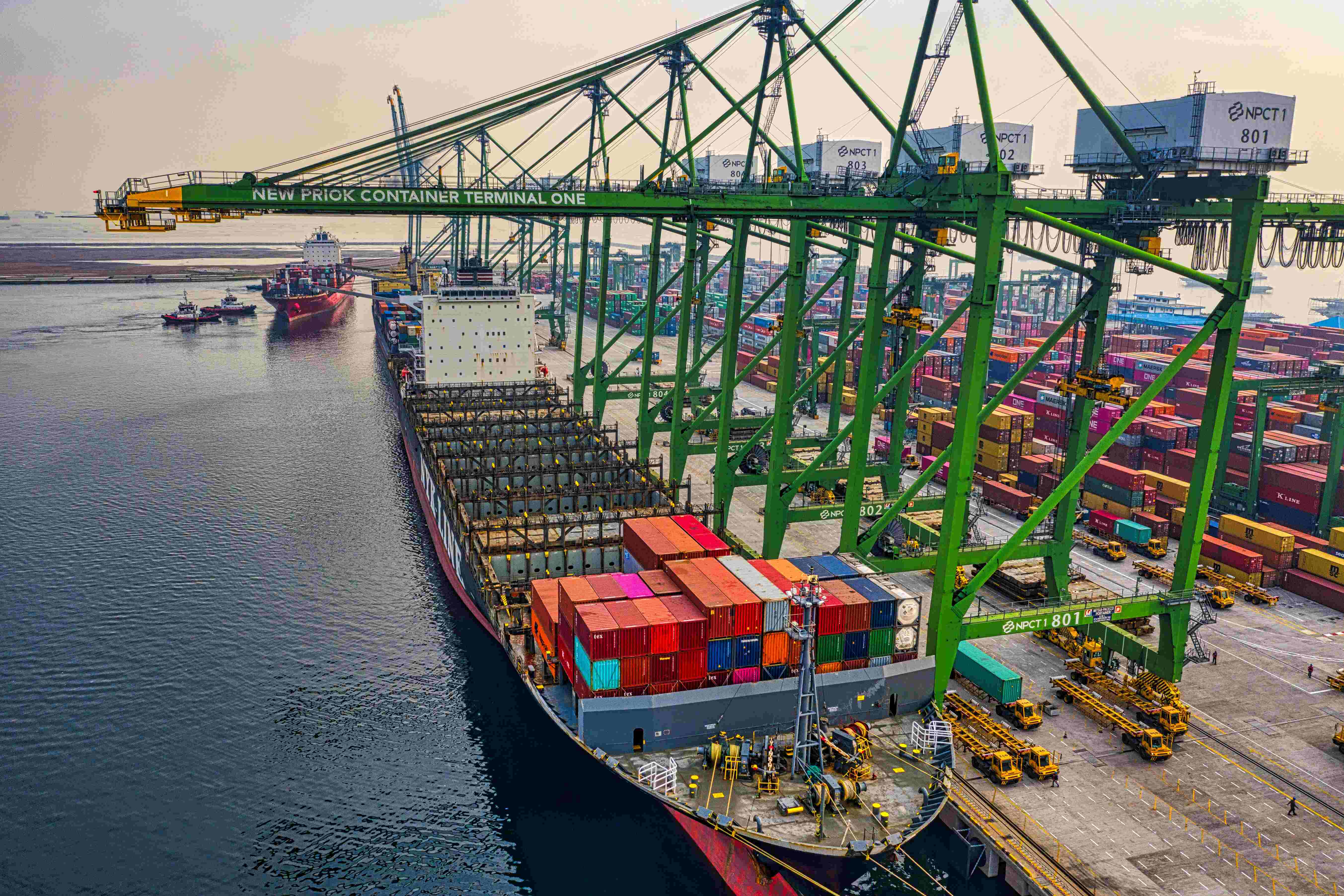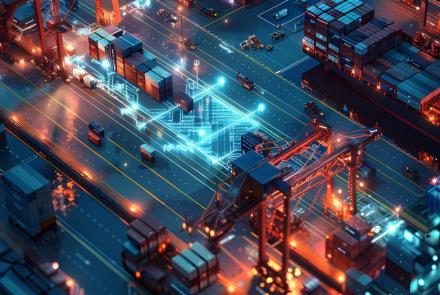THE ROLE OF PORT INFRASTRUCTURE AND INLAND TRANSPORTATION NETWORKS IN THE SHIPPING AND LOGISTICS INDUSTRY

THE ROLE OF PORT INFRASTRUCTURE AND INLAND TRANSPORTATION NETWORKS IN THE SHIPPING AND LOGISTICS INDUSTRY
The shipping and logistics industry is a complex and essential component of global trade, and the efficient movement of goods relies heavily on the role of port infrastructure and inland transportation networks. How vital is the role played by shipping containers, ports, and inland transportation networks in the shipping and logistics industry?
The Importance of Shipping Containers
Shipping containers have become an essential part of global trade, with millions of them being transported by sea and land every day. These metal boxes come in various sizes and shapes and are designed to withstand harsh weather conditions, making them ideal for transporting goods over long distances.
Used containers are a popular option for businesses that need to transport goods. They can be purchased at a lower cost than new ones and can be refurbished to make them suitable for transportation. They also offer businesses the option of customizing them to meet their specific needs, such as adding ventilation or refrigeration systems.
The Role of Port Infrastructure
Ports serve as the primary interface between land and sea transportation. They are responsible for loading and unloading containers from cargo ships and ensuring that they are stored safely until ready to be transported. The facilities at ports includes cranes, container yards, and storage facilities, all of which are crucial for ensuring that the boxes can be moved in and out of ports quickly.
One of the most significant challenges facing the ports is the efficient movement of containers. As their demand has grown, their volume has also increased, putting pressure on ports to keep up with the demand. To address this challenge, ports are investing in technology such as automated container handling systems and digital tracking systems to improve efficiency in their movement.
Another critical aspect is security. Ports are high-risk areas for theft and terrorism, and it is crucial to ensure that containers are secure while in transit. Many ports have implemented security measures such as surveillance cameras, security personnel, and access controls to ensure their safety.
The Significance of Inland Transportation Networks
Once the containers are unloaded at the port, they need to be transported to their final destination. This is where the importance of inland transportation networks comes in. These networks include roads, railways, and waterways, and they are responsible for transporting goods from the port to their final destination. Efficient inland transportation networks are critical for ensuring that goods can be delivered quickly and cost-effectively.
Roads are the most commonly used mode of transportation for containers. They offer flexibility and accessibility, allowing these metal boxes to be transported directly to their final destination. However, road transport can be costly and can cause congestion in urban areas.
Railways are another essential mode of transportation. They are ideal for transporting large volumes of goods over long distances and are often more cost-effective than road transport. Railways also offer a more environmentally friendly option for transportation, as they produce fewer greenhouse gas emissions than road transport.
Waterways, such as canals and rivers, are a less common mode of transportation for containers, but they can be an effective option for transporting goods over short distances. Water transport is often used for bulk cargo such as grain, oil, and minerals.
Inland transportation networks face several challenges, including congestion, and regulatory barriers. To address these challenges, governments and businesses are investing in developmental activities, such as building new roads and railways and improving port facilities. They are also implementing regulatory reforms to streamline customs procedures and reduce bureaucracy.
The shipping and logistics industry is a complex ecosystem that relies heavily on the use of containers, as well as the facilities at ports and the efficiency of inland transportation networks. Whether you're buying them new or used, it's crucial to understand the role that these vital components play in ensuring that goods are transported safely and efficiently. By investing in the infrastructure and networks that support the logistics industry, businesses can continue to thrive in the global economy.
VS&B Containers provides regular and custom-made containers that are delivered straight from the factory to your selected location. With a fleet of over 30,000 containers available across Europe and Asia, the company enables consumers to easily obtain them from anywhere in the world. The company's IT division, iInterchange Systems, also provides cutting-edge software solutions customized to the demands of shipping and logistics firms.
If you have specific requirements in terms of pricing, adaptability, and potential return on investment, please email traders@vsnb.com, and a member of the VS&B team will contact you to discuss further.
- Log in to post comments






